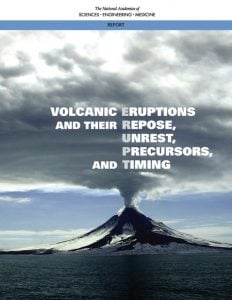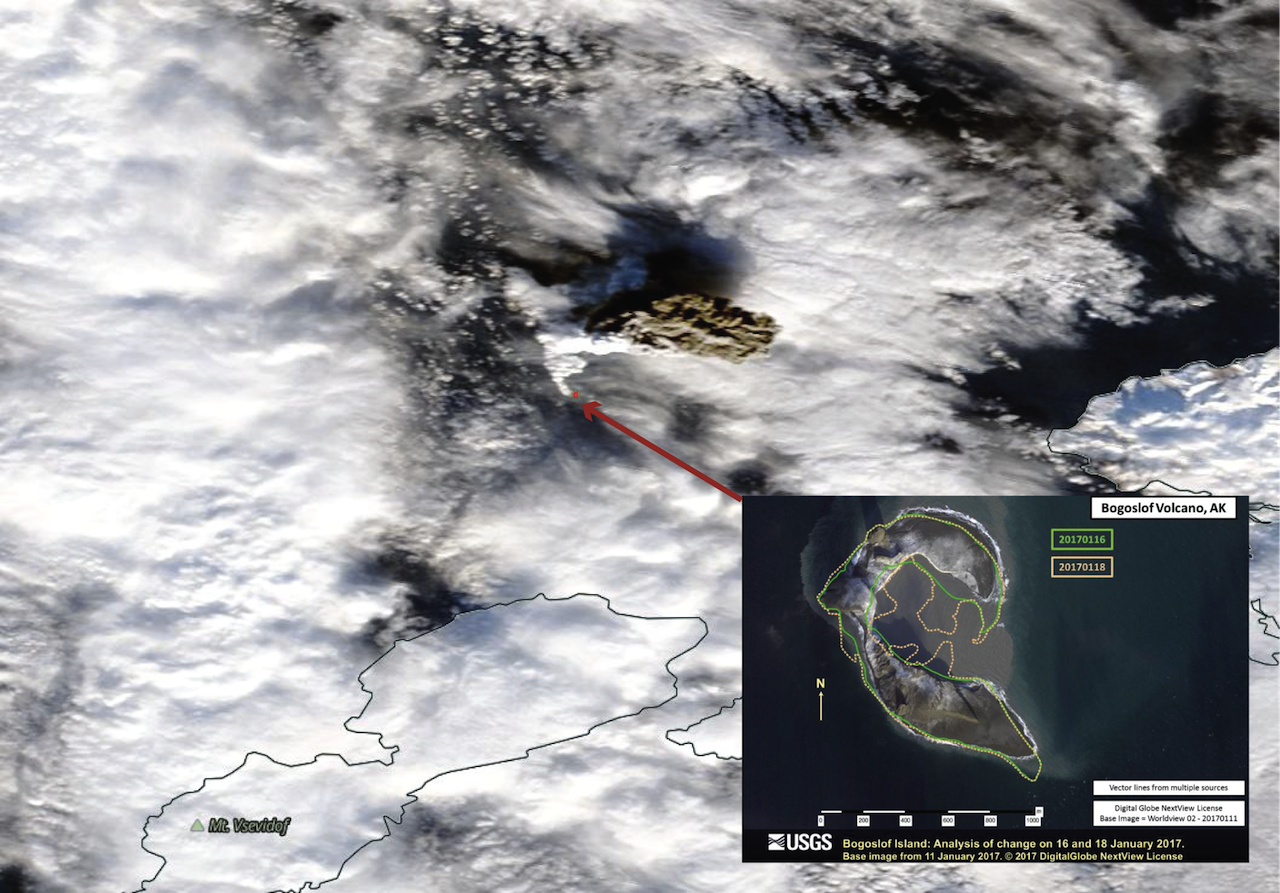
The Geological & Mining Engineering & Sciences (GMES) Department invites Michigan Tech alumni and families for a pasty social in Phoenix, Arizona. Join us on Sunday, Feb. 23, from 6-9 pm, at the Cornish Pasty Co., 7 West Monroe St. in downtown Phoenix, Arizona.
The GMES Department will provide the first round and some appetizers. Alumni prizes to be raffled off with no purchase required. For those attending the SME Conference, this event is in lieu of the traditional conference social on Tuesday.

All alumni & friends are welcome to join us for this casual evening out! Faculty and students will be in attendance. We hope that alumni and friends attending SME or are otherwise in the local area will join us and bring your families. Please register here: http://www.cvent.com/d/mnq8v8
We are so pleased to announce that our first design team in the SME/NSSGA Student Design Competition has advanced to the second phase of the competition, which occurs at the upcoming SME Conference. Our team was among the top six to advance. Read more here.
Craving a pasty and curious about the history and recipes? Check out this article from MTU Archives: “There’s something about a pasty that is fine, fine, fine!”

